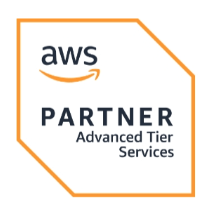Let’s face it—managing AWS costs is complex. Between hundreds of service options, dynamic pricing models, and fluctuating usage patterns, keeping tabs on where your cloud budget is going can feel like trying to read a receipt written in code. Financial teams, DevOps leads, and business stakeholders often find themselves buried under dashboards, spreadsheets, and manual reports just to answer basic questions like, “Where did our AWS spend spike last month?” or “What services are driving the highest costs?”
That’s where Amazon Q in QuickSight steps in. This Generative AI-powered assistant transforms how teams interact with their cloud cost data. By enabling natural language data querying and integrating intelligent summarization, Amazon Q in QuickSight eliminates the need for SQL or BI expertise. Instead, you simply ask questions and get actionable insights in return.
In this blog, we’ll explore how Amazon Q in QuickSight is reshaping AWS cost management with generative business intelligence. You’ll learn how to set it up, use it effectively, and discover best practices for maximizing your return on every cloud dollar.
Transforming Cost and Usage Questions into Insights with Amazon Q in QuickSight
Amazon Q is AWS’s enterprise-grade Generative AI assistant, designed to bring natural language capabilities into everyday analytics. Within QuickSight, Amazon Q becomes a dynamic query partner that allows you to analyze complex datasets such as AWS billing and usage exports—by simply asking questions.
We’ve previously explored Amazon Q’s broader capabilities in our Generative BI on Amazon Q in QuickSight and Scenario Analysis in Amazon Q in QuickSight blogs. But its integration into QuickSight brings a whole new dimension of ease and intelligence to AWS cost analysis.
Integration with QuickSight
Amazon Q in QuickSight is natively integrated within the QuickSight console. Once your data is set up, Q allows users to query, analyze, and visualize AWS billing and usage data using natural language. Think of it as a QuickSight AI assistant that bridges the gap between raw numbers and human understanding.
Whether you’re a finance analyst or a technical stakeholder, Amazon Q lets you dive deep into usage data without knowing SQL or navigating complex filters. You just type or speak your question, and Q does the rest.
Key Features
- Natural Language Data Querying: Ask, “Why did EC2 costs increase last quarter?” and get a visual and narrative explanation.
- Generative Business Intelligence: Q provides narratives, trends, and executive summaries with contextual depth.
- Interactive Dashboards: Users can drill into cost drivers, usage patterns, and forecasted trends, all within QuickSight.
With hourly granularity, resource-level data, and customizable visualizations, Amazon Q enables smarter AWS cost management without the steep learning curve.
Setting Up Amazon Q in QuickSight for Cost Analysis
Prerequisites
To begin, ensure the following:
- AWS Cost and Usage Reports (CUR) are configured and exported to Amazon S3.
- You have an Amazon QuickSight Enterprise Edition account.
- Your dataset is properly ingested into QuickSight via Data Exports.
Configuration Steps
- Ingest CUR Data: Use AWS Data Exports to store cost data in Amazon S3.
- Create a Dashboard: Build your CUR dashboard using QuickSight Author Pro features.
- Enable Amazon Q: Activate the Q feature in QuickSight and ensure the appropriate user roles are assigned.
- Define Q Topics: A topic is a curated data model that Amazon Q uses to understand your queries.
Creating Q Topics
Customize your topic for cost analysis:
- Include relevant fields (like service name, usage type, region, billing period).
- Add synonyms (e.g., “invoice month” for “billing period”) to make queries more intuitive.
- Create Named Entities (e.g., group EC2-related fields into “EC2 instance details”).
These configurations ensure your AI assistant understands and responds accurately to cost-related queries.
Leveraging Amazon Q for AWS Cost Insights
Let’s walk through four practical scenarios where Amazon Q makes AWS cost management effortless.
Scenario 1: What usage types are driving the highest Amazon service costs?
Imagine your team spots a spike in Amazon RDS spending. Instead of pulling custom reports, you ask Q:
“What usage types are driving the highest Amazon RDS costs?”
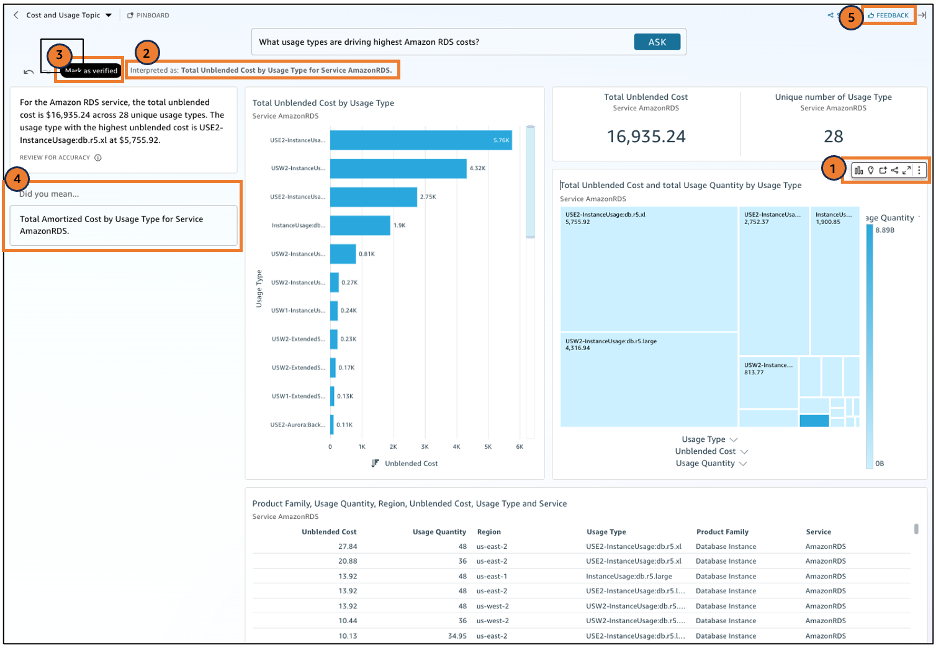
Figure 1: Question – What usage types are driving highest Amazon RDS costs? (aws.amazon.com)
Q responds with a visual breakdown and explanations of cost components like instance hours, storage, and I/O operations. This helps pinpoint inefficiencies instantly.
Scenario 2: What are the EC2 instance details based on different purchasing options?
Ask:
“Show EC2 instance details based on the different purchasing options.”
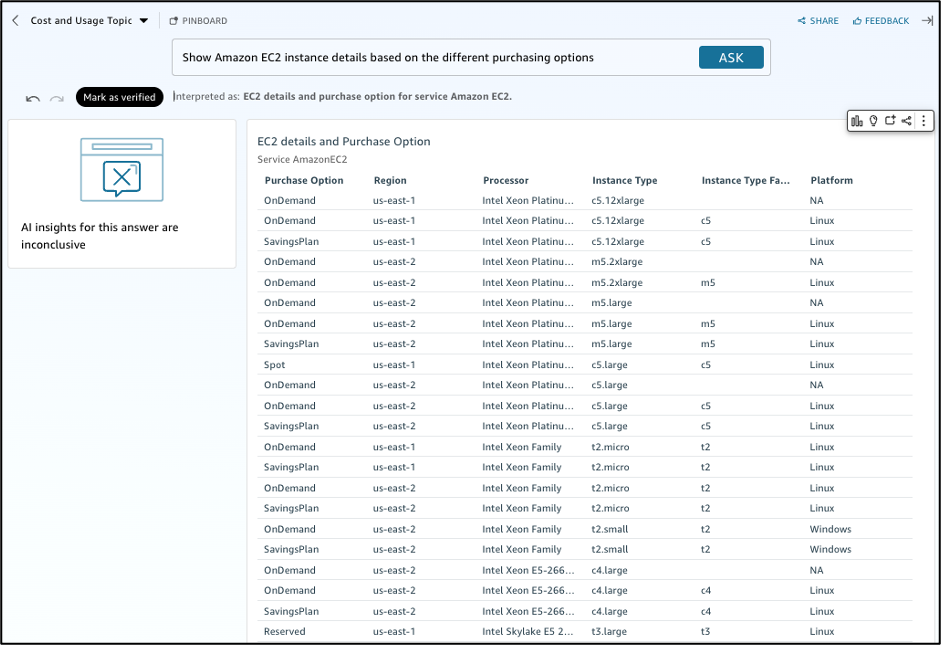
Figure 2: Question – Show EC2 instance details based on the different purchasing options? (aws.amazon.com)
Q returns a table comparing Reserved Instances, On-Demand, and Spot usage, helping your team make smarter decisions about pricing models.
Scenario 3: Why did my AWS spend drop in November?
Ask:
“Why did my spend drop in November 2023?”
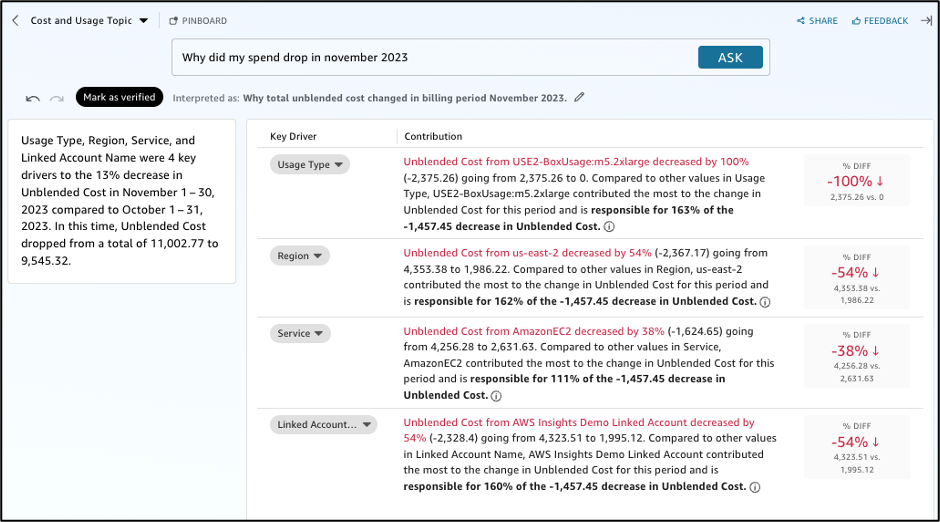
Figure 3: Question – Show EC2 instance details based on the different purchasing options? (aws.amazon.com)
You’ll see a list of cost deltas by service and usage types, clearly explaining the decrease and whether it was due to changes in usage, savings plans, or data transfer costs.
Scenario 4: Create an executive summary and data story for cost trends
Prompt: “What trends or patterns can we identify in our AWS usage and spending over time to maximize savings?”
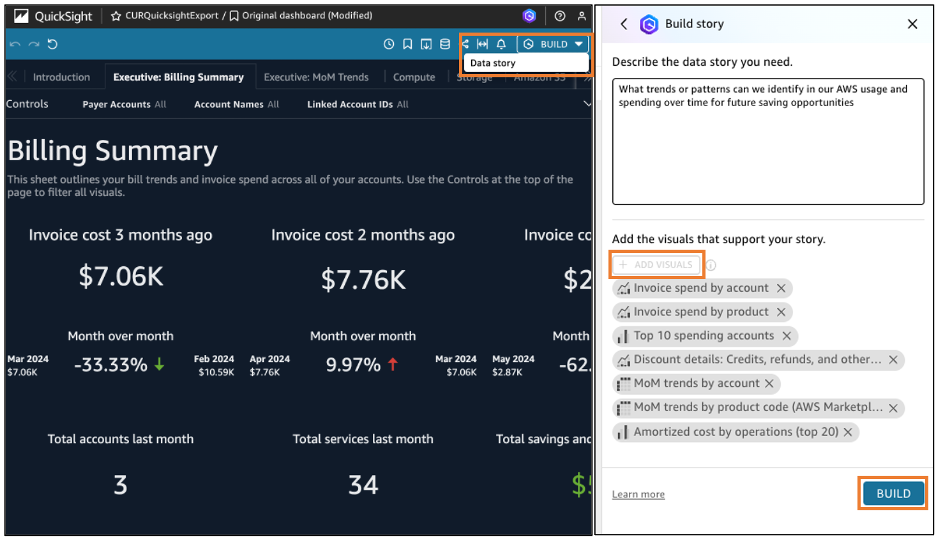
Figure 4: Data Story with prompt (aws.amazon.com)
Amazon Q will generate a data story: a rich, formatted report complete with visuals and commentary that can be exported as a PDF or presentation for stakeholders.
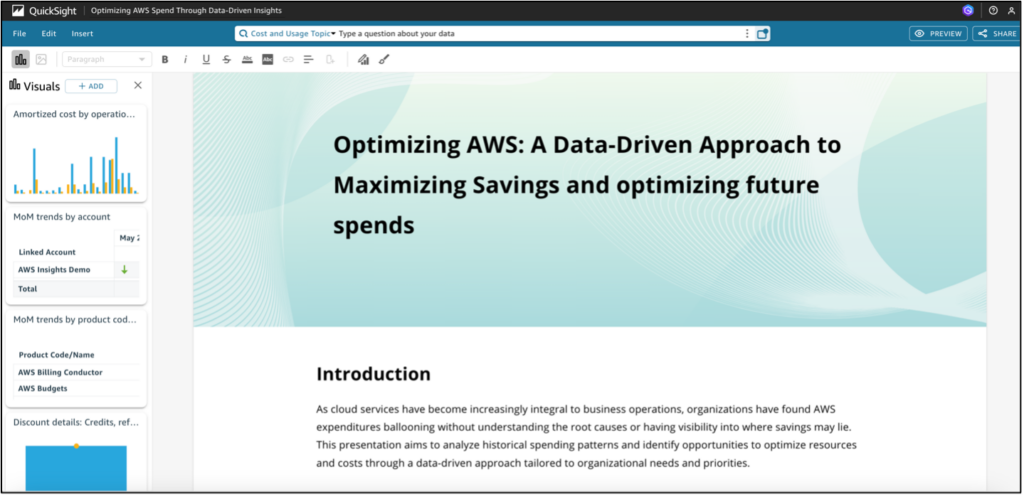
Figure 5: Data story output (aws.amazon.com)
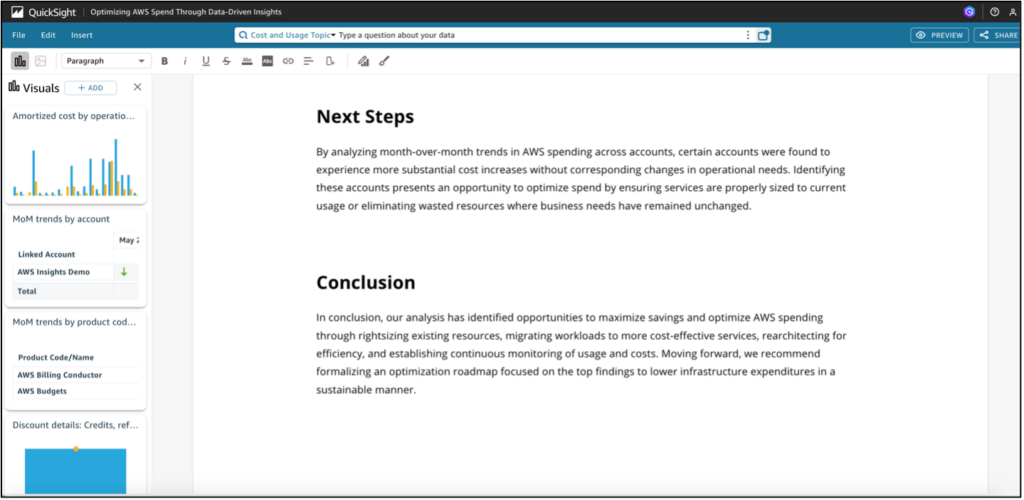
Figure 6: Data story output (aws.amazon.com)
Benefits of Using Amazon Q in QuickSight for Cost Management
Highlighted below are the key benefits of using Amazon Q in QuickSight for cost management—delivering real-time insights, simplifying analysis, and empowering smarter financial decisions across teams.
Enhanced Accessibility
With natural language data querying, even non-technical users can interact with dashboards and receive meaningful answers to cost-related questions. You don’t need to be a cloud economist to understand your bills.
Improved Decision-Making
Generative BI features empower finance teams and business leaders to make faster, smarter decisions. Instead of relying on delayed reports, you can get on-demand answers in seconds.
Time and Resource Efficiency
Traditional AWS cost analysis can take hours—between pulling reports, massaging CSVs, and creating visuals. Amazon Q in QuickSight streamlines this, letting teams focus on strategic actions instead of data wrangling.
Best Practices for Maximizing Amazon Q’s Capabilities
Data Preparation
Tag your AWS resources thoroughly and ensure your CUR exports are updated regularly. The better your dataset, the more accurate and useful Q’s responses will be.
User Training
Host short workshops to teach teams how to frame questions effectively and interpret Amazon Q outputs. Empowering users to interact with the QuickSight AI assistant boosts adoption.
Continuous Monitoring
Review Q interactions periodically. See which questions users ask most and refine your Q Topics accordingly. Iterate based on real usage for improved precision.
Optimize AWS Cost Intelligence with Cloudelligent
Amazon Q in QuickSight brings the power of Generative Business Intelligence to AWS cost management. With natural language queries, automatic narratives, and scenario modeling, it turns cloud cost complexity into actionable clarity.
At Cloudelligent, we help organizations unlock the full potential of Amazon Q in QuickSight by:
- Setting up secure, optimized CUR pipelines
- Configuring intuitive Q Topics
- Training teams to extract insights using AWS cost management tools
Whether you want to accelerate cloud FinOps or build executive-level dashboards, our AWS-certified experts tailor every solution to your goals.
Ready to make smarter AWS cost decisions?
Start your journey toward AI-powered cloud cost intelligence. Schedule your FREE Cost Optimization Assessment with Cloudelligent today.




